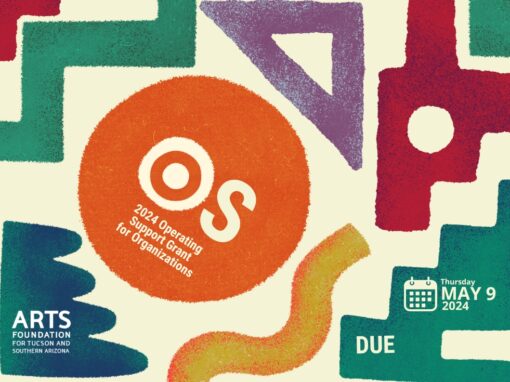We caught up with Priyanka Pathak, Principal of Samaj Studio, who is working as a consultant on the SaludArte Project. She provides an insight into how Human Centered Design is helping to move the initiative forward.
To me, the most innovative aspect of SaludArte is its application of human-centered design methods and mindset to the artistic process. Human-centered design (HCD) is a creative process that puts the people it serves at the center of every activity and decision, and it works so well here because HCD is so similar to the artistic process in many ways. In both, creative inspiration can come from many places, but the stories, emotions, and behaviors of our fellow humans is often a big source.
One big responsibility of the SaludArte program has been to offer a way for participants and community members to be able to openly and safely share their stories from the pandemic, to provide inspiration and source material for the selected artists to use in their creation. This could have been done in traditional ways, through interviews or focus groups, but we wanted to take a different approach – one that would really foster a sense of community among our participants, as well as one that would provide more unique and creative insights into people’s experiences. The HCD process relies on a variety of creative methods to gather and learn from people’s individual experiences (usually in the service of designing a new product, program, or anything else “useful”). In SaludArte’s case, these types of methods will inform the design of a piece of public art, created for the enjoyment and expression of the entire community.
For our community meetings, we designed activities that would be both informative for the artists but also fulfilling and insightful for the participants, all while sensitively approaching the difficult topic of the pandemic in a variety of ways. As a result, our schedule includes activities such as marking important spaces on a map of their neighborhood, creating photo and sound galleries of pandemic memories, visualizing a bright future for their community post-pandemic, and having the chance to tell and record their stories from the pandemic in their own words. However, the most significant contribution from HCD was, perhaps, simply creating an environment that was truly communal, trusting, and open, instead of clinical or formal. To do so, we made a variety of thoughtful and intentional decisions such as choosing to: limit the number of non-participant attendees to only those who would be facilitating, host all events at local community spaces, offer transparent assurances about what would be done with any gathered data and allow people to opt out at any time, pay all participants for their time and inputs, set a very friendly and non-judgmental tone to make sure our facilitators are both accessible and inclusive, make materials available in both English and Spanish, and make sure to have a Mental Health First Aid Responder available at each meeting for anyone to speak to at any time.
Together, all of these small infusions of HCD methods and practices have transformed the process of making public art into a truly community-led process, and I personally am so excited to learn from participants and see the beautiful art works that will be created!




